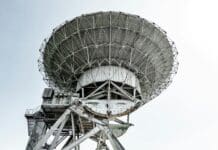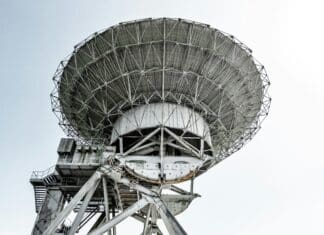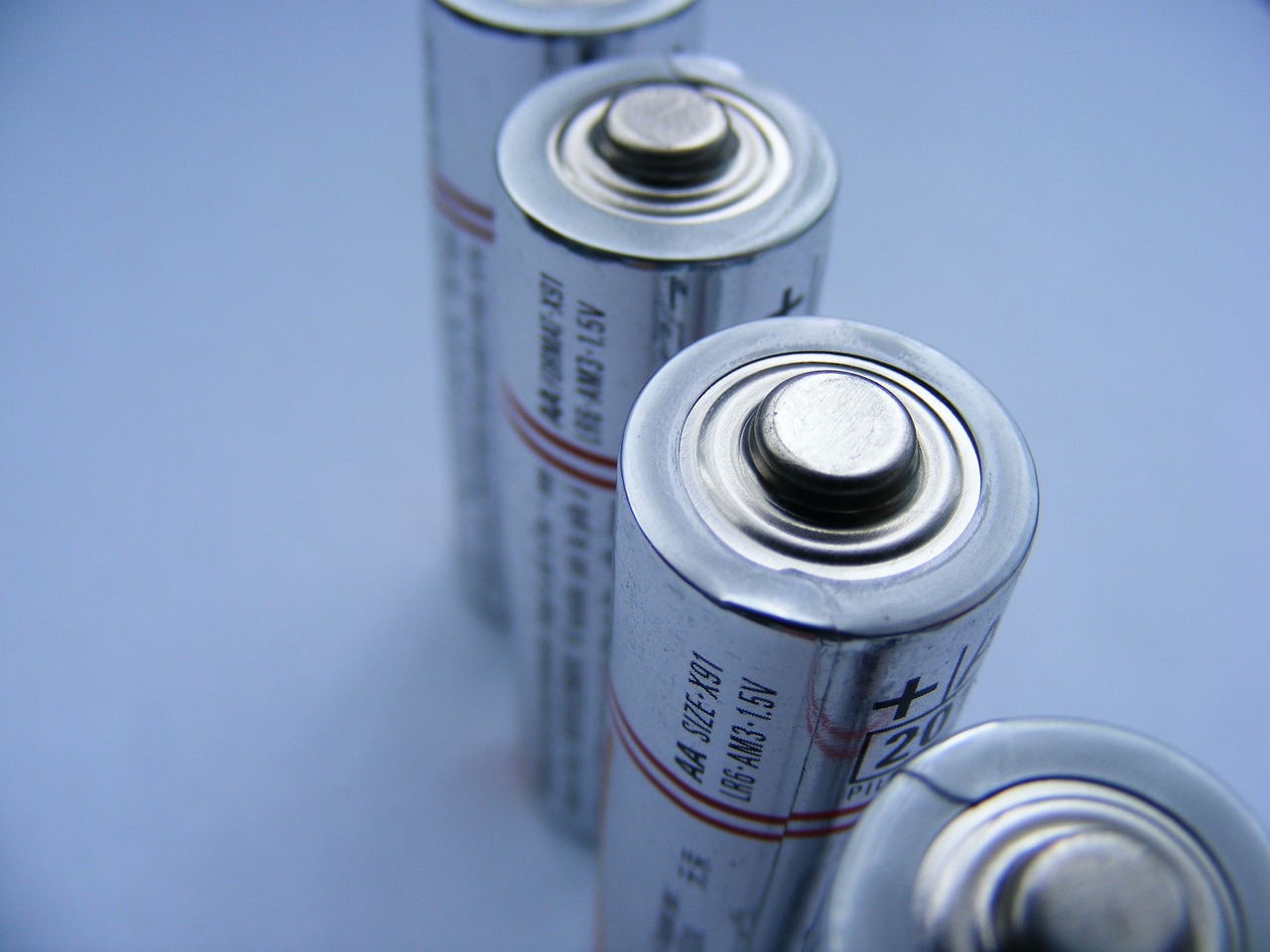This post is also available in:
 עברית (Hebrew)
עברית (Hebrew)
A recent milestone in additive manufacturing was achieved by researchers at the Korea Institute of Industrial Technology (KITECH): a large titanium space fuel tank, produced through 3D printing, successfully passed a demanding cryogenic pressure test. This proof-of-concept suggests that additive methods could soon become a practical alternative to traditional manufacturing for aerospace components.
According to the press release, Using a technique called Directed Energy Deposition (DED), the team built the fuel tank from Ti64 titanium alloy. DED employs a laser to melt titanium wire as it’s deposited layer by layer, enabling complex, custom shapes without the need for molds. The tank, 640 mm in diameter, was formed from two hemispheres that were machined and welded together—a process completed within a week, a significant reduction compared to traditional methods.
The tank underwent testing under conditions simulating those required in spaceflight: it was cooled to –196 °C using liquid nitrogen and pressurized to 330 bar. These rigorous conditions reflect the requirements for containing cryogenic propellant under high pressure. The tank maintained structural integrity throughout, demonstrating that large-scale additively manufactured components can endure real operating environments.
Traditional methods for producing such vessels rely on fixed molds and have significant limitations in design flexibility and long lead times. In contrast, 3D printing allows rapid iteration and customization, essential for evolving aerospace needs. The successful tank is part of a collaborative effort, involving Korea Aerospace Research Institute (KARI), KP Aviation Industries, AM Solutions, and Hanyang University.
While the current result is promising, the team emphasizes the need for further validation. Future plans include cyclic pressure testing to assess performance over repeated stress cycles and additional certifications to support actual space deployment.
This achievement marks a significant step toward integrating 3D printing into the aerospace manufacturing ecosystem. If further tests prove successful, the ability to produce robust, customized, and quickly deployable components like this titanium tank could reshape logistics, reduce costs, and accelerate innovation in future space missions.

























